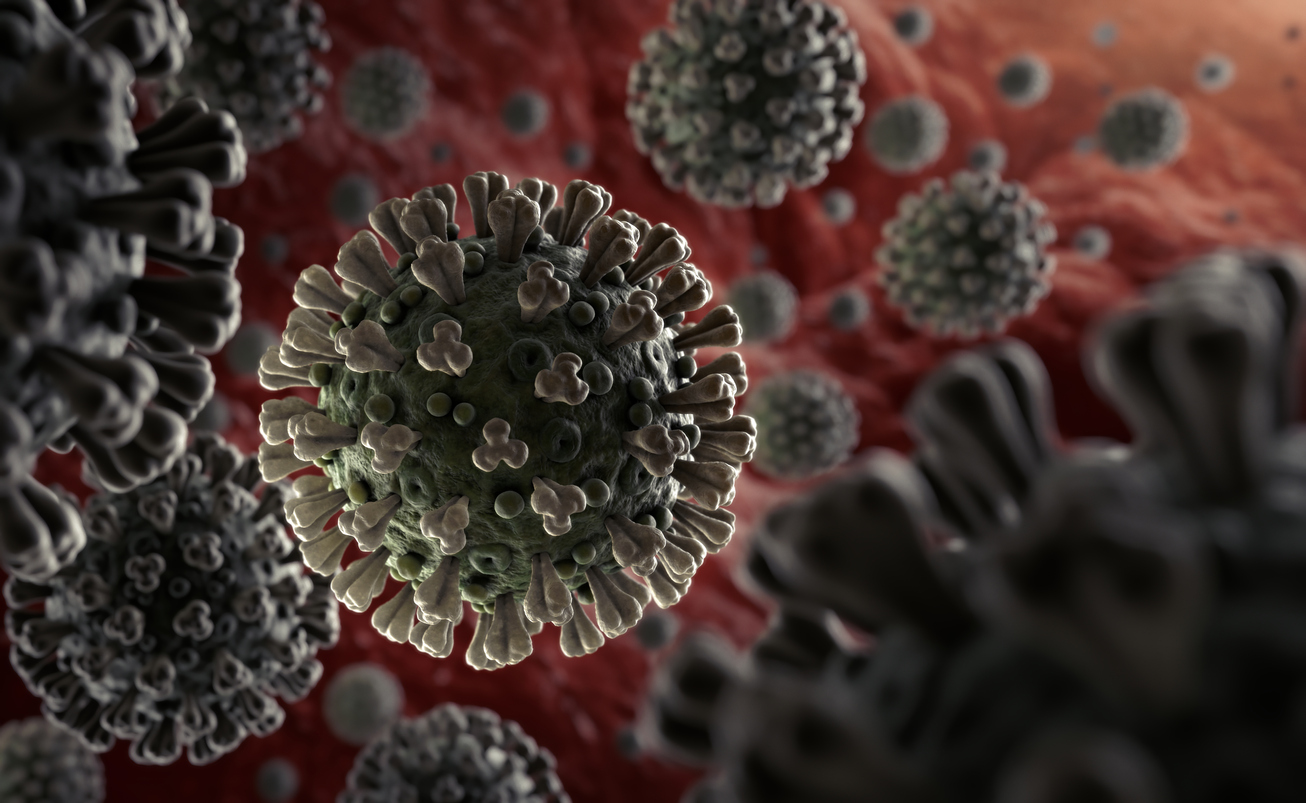
How your idle computer can help scientists chase, evaluate corona proteins to find cure

Imagine you want to simulate the working of a protein on your MacBook Pro laptop. It will take about 500 years to model just one millisecond of protein folding, a process that determines its functioning.
How can this task be compressed to just six months, instead of 500 years? By having a huge network of computers running the calculations in parallel with the help of shared processing power.
With this networked supercomputer, scientists can model proteins at the level of individual atoms in a fraction of the time that a single computer takes. Many important biological processes that proteins perform take place over milliseconds to a few seconds.
Donate your processing power
How can the common public, like you and me, help the global research on coronavirus?
By donating the unused processing power of your computer, be it a desktop or a laptop! Yes, you can contribute your computer’s leftover processing resources to help researchers, engaged in this open science collaborative effort to find a cure for the disease.
Stanford University is seeking volunteers anywhere in the world to help researchers in developing treatment therapies for the novel coronavirus.
Related news: Study clarifies coronavirus a product of natural evolution, not lab made
A distributed computing project called Folding@home, initiated by the university, uses the processing capacity of networked computers across the world to simulate the complex process of protein folding, which helps determine how to treat Covid-19.
All one needs to do is to download a software, developed by the project team, which will enable you to join the team and adjust the settings on how much computing power you want to donate from your CPU. By volunteering to share a portion of the computational capacities of their home computers, people can become part of this unique science project.
How does it work?
As one of the largest crowd-sourced computational biology projects in the world, Folding@home relies on users donating their computer’s reserve power to the organisation as a charity, so that the power of tens of thousands of home computers can be used to perform the complex calculations required to simulate the dynamics of the proteins.
Rather than a single massive machine, it is a distributed computing network. Thousands of volunteers all over the world download the software and contribute a portion of their home computer setups to the project.
Related news: 276 Indians affected by coronavirus abroad; govt working on their return
In terms of raw computing power — the sheer number of calculations it can perform per second — it is on par with the world’s biggest supercomputers.
“We are uniquely positioned to help model the structure of the 2019-nCoV spike protein and identify sites that can be targeted by a therapeutic antibody. We can build computational models that accomplish this goal, but it takes a lot of computing power,” the project’s official website said.
Proteins hold key
Proteins are the molecular materials that make up our bodies and ensure that they run properly. To do its work, a protein must fold into its proper form. If it doesn’t, things go wrong.
Understanding how proteins assemble and function or malfunction can shed light on many of the most vexing problems in medical science, from preventing Alzheimer’s disease and treating cancer to combating antibiotic resistance.
The coronavirus also has proteins on its surface called spikes, which trick the lung cell surface receptor into letting the virus into the cell and starting a viral infection. One way to stop the infection is to find a way to block this protein that resides on the virus, preventing it from binding to our cells, and thus rendering it ineffective to establish an infection.
To do this, computer simulations need to be run to find out the shapes of this viral surface protein, as well as shapes of proteins to block it. This requires a lot of computing power as proteins are very complex, consisting of hundreds of molecules that are constantly folding into different shapes.
Studying how the protein folds could eventually help researchers develop drugs to treat infections of the virus.
Proteins are not stagnant entities. They wiggle, fold and unfold to take on numerous shapes. The challenge before the scientists is to understand all the different ways that the protein wiggles and folds in order to best estimate how it interacts with the receptor, so that an antibody can be designed.
Covid-19 is a close cousin of the SARS virus and acts in a similar way. For both coronaviruses, the first step of infection occurs in the lungs, when a protein on the surface of the virus binds to a receptor protein on a lung cell.
This viral protein is called the spike protein and the receptor is known as ACE2. A therapeutic antibody is a type of protein that can block the viral protein from binding to its receptor, therefore preventing the virus from infecting the lung cell.
A therapeutic antibody has already been developed for SARS-CoV, but to develop therapeutic antibodies Covid-19, scientists need to better understand the structure of the viral spike protein and how it binds to the human ACE2 receptor required for viral entry into human cells.

